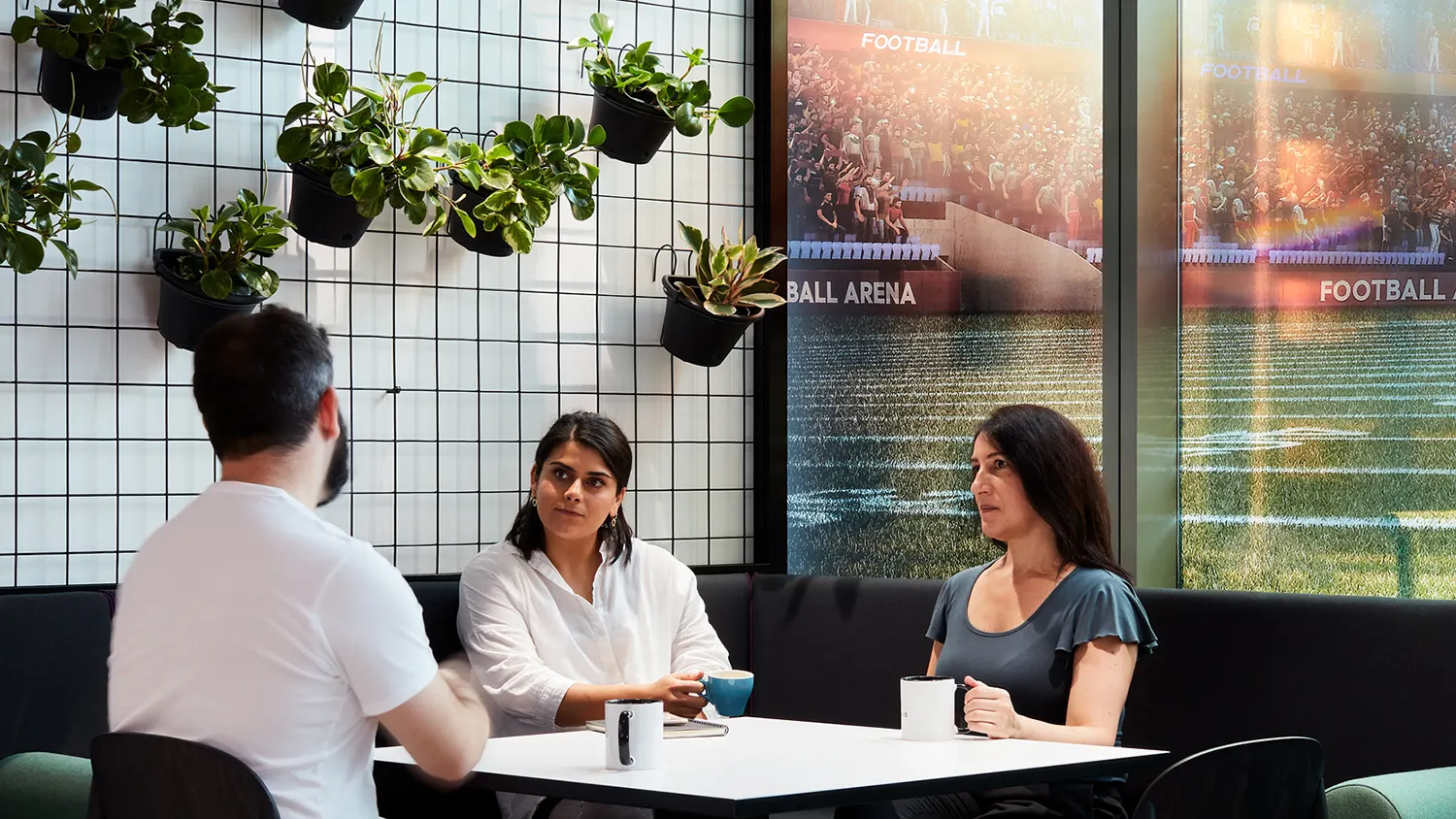
The digital analytics team at Kindred is focusing on improving onsite customer experiences by providing product development insights and running experiments.
An important part of this year’s Sustainable Gambling Conference will be the discussion around how we in the gambling industry can make better use of data and artificial intelligence to detect and prevent harmful gambling behaviour. Our shared goals should be to improve cooperation, find ways to exploit new technology and innovate wherever possible to minimise gambling harm.
At Kindred, innovation comes in many different forms and with many applications. We adopt a ‘challenge-led mindset’ and dedicate a lot of time to proposing and testing new ideas. We use A/B testing (experimentation methodology of comparing two versions of a webpage or app against each other to determine which one performs better) to take the guesswork out of product development and enable data-informed decisions. Iterative development and testing give us much greater certainty that our customers will have an excellent experience and have high satisfaction when using our products.
How do we do it?
Something we do regularly within our Experience teams, for example in our ‘Be in Control’ experience, is to run customer journey mapping sessions to provide insights into a customer’s journey. Anna Kiss, one of our digital analysts, looked in detail at how customers interact with our Responsible Gambling (RG) tools pages. Anna saw that some customers would visit those pages without taking any action. An experimental study by Ivanova et al. provided us with some existing insight related to this. It showed that newly-registered players are more likely to set voluntary limits if they are actively prompted by the gambling operator to do so. Our analysis shows that communication with problem gamblers leads to healthier behaviours in 76.8% of cases.
So with these findings in mind, we set out to test whether on-site communication on the benefits of safer gambling could prompt engagement with RG tools.
We used real-time clickstream data to identify which Responsible Gambling- tool a customer had just explored. Segmentation techniques were then used to personalise the message to that customer and show it to them while still active on-site. When the customer navigated away from the RG tools page, we showed them a message saying: “Hey, you showed interest in one of our Responsible Gaming tools – “self-exclusion”. Setting one up helps many of our players to keep their gambling fun and sustainable”.

We spent a few days developing and fine-tuning the experiment and ran it for four weeks in order to get robust results to draw conclusions from.
The results
We saw 25% of customers making use of a Responsible Gambling tool after seeing our on-site communication, which represents a 21% uplift compared to a control group that wasn’t sent an on-site message. We also learnt that 75% of those that saw the on-site message did not take any action. Highlighting the need for the continuous evolution of our responsible gambling communication to cater to those customer segments.
Learnings from the experiment will feed into work our Player Sustainability team is doing in further improving Player Safety – Early Detection System.
This is one clear example of how we are using experimentation, based on our own insights and others, to inform changes that ultimately help customers have a more responsible and enjoyable gambling experience. My team and I are learning more from each test we design and from the results we get. It gives me huge satisfaction to know that this approach is helping customers, and it also keeps our work fresh, engaging and innovative.

